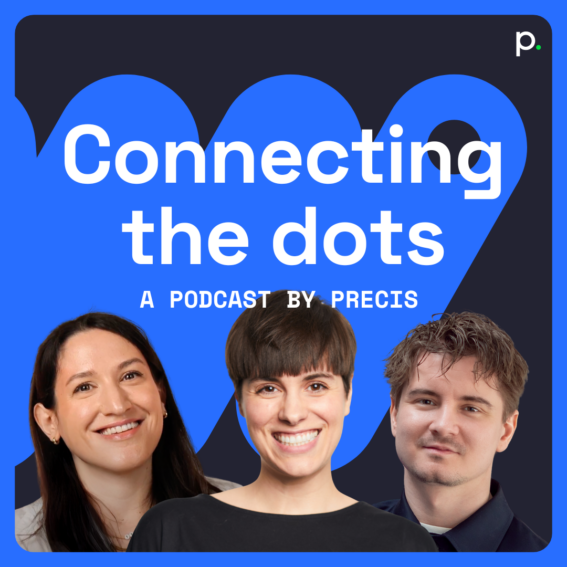Setting a best in class privacy strategy

Rhys Cater
Group CSO, Data, Analytics & Technology
This is the fourth post in our series around “Why your main goal should NOT be to build a unified customer journey“. Click here to accept all cookies: Creating a data and privacy strategy that goes beyond the cookie banner.
The privacy-first landscape
When we think of privacy, the first thing that comes to mind for many of us is regulations such as GDPR. But the law isn’t the only thing that has changed the rules of the game; technology such as ITP, iOS14, and Google’s new proposed privacy sandbox has forced new standards through changes such as full third party cookie blocking.
This has fundamentally altered the foundations that ad-tech was built on. Today, internet users have greater expectations for companies to act responsibly and transparently when it comes to data. And as user expectations change, so must the companies who seek to interact with them online.
There has been a sea change in the sophistication of machine learning in digital marketing platforms. Google and Facebook are better than ever at automating optimisation through their algorithms.
So, how do digital marketers navigate this new world?
What do the combined forces of privacy and smarter machine learning mean for the role of data in data-driven digital marketing?
Here we set out four points to consider when setting out a strategy in the privacy-first era.
Organisational readiness
Privacy requires legal expertise, but it also has profound effects on user experience (there’s nothing worse than a bad cookie banner) and the way that we communicate with customers.
It also has a significant impact on the ways that data can be used, setting a much higher bar for collection, analysis, and actionability.
A cross-functional privacy working group should be established to help understand the value of data to the organisation and to champion customer-centric privacy. Unnecessary data should no longer be collected. The value of user data to the company should be clearly documented. This group also needs to understand how to comply with regulations, but ideally should set their ambitions higher and understand how to communicate clearly with users, while also protecting the voice of the brand and earning their trust.
Measuring outcomes
In 2016, the dream for attribution was to build the perfect multi-touch model, but that dream was rarely realised. Now, in 2021, it is impossible. Technology developments such as ITP, increasing growth in cross-device journeys, and the fact that consent is required before user interactions can be measured means that paths are more fragmented than ever.
Luckily, the attribution toolbox has also developed since 2016. Tools such as MMM (Media Mix Modelling) and Lift and Incrementality studies have come a long way and are much more readily available in the platforms we work with.
This topic will be explored in greater depth in part five of our series, but the headline is that marketers must embrace a multi-faceted approach to attribution. Path-based models, MMM, and incrementality studies each have strengths and weaknesses; our ability to combine the data from each method in the smartest way will give us the best chance of success when it comes to the correct setting of bids, budgets, and targets.
Smarter signals
Due to privacy considerations, there is a higher bar for the data we collect and use, so it’s important to choose wisely. Here, the machine learning revolution in the platforms is a core consideration. As Google and Facebook become smarter at using algorithms to optimise for outcomes, our role as digital marketers is to train those algorithms to perform to our advantage.
Take an e-commerce business as an example. Few e-commerce websites operating successful paid search or social campaigns are using Total Sales as a conversion signal in 2021 but many are still using Revenue. Surely, part of a successful data strategy in 2021 will be to find better signals – optimising towards outcomes such as profit, new customer acquisition, or lifetime value, and doing so in a privacy-first and automated way.
Leading the way
Whether your company has already made a lot of progress or is still at the beginning, a cross-functional working group is essential for developing a strategy that balances the need to create value from data within the organisation, the need for customer-centric communication, and exceeding expectations when it comes to privacy.
Those who move first stand to gain the most, both in terms of the trust of their users as well as the ability to earn a competitive advantage by creating processes and structures that drive excellent results in a privacy-first way.
Next steps
This is the third part in a five-part series on attribution 2.0. To learn more about setting up your user journeys, data warehouse and marketing data in an era of privacy-first, you can follow up on the rest of our articles here:


